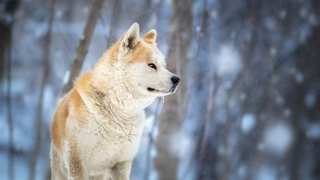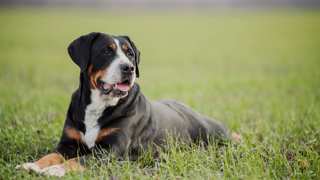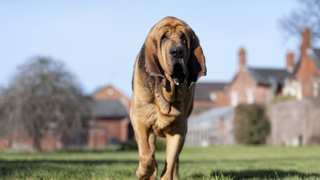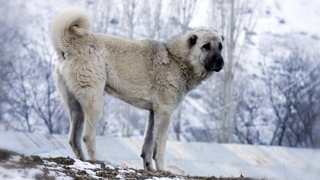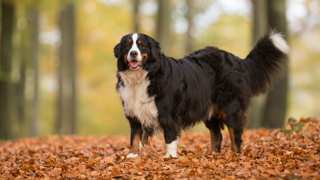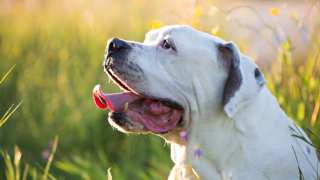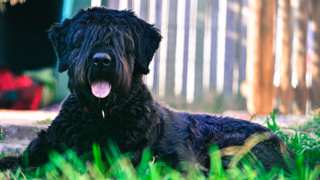The Scottish Deerhound (SD) is a giant-sized breed with a fierce appearance--but despite their size and looks, these dogs are affectionate to one and all. Overall Scottish Deerhound care and maintenance won't take too much work, but will need to include some daily exercise and early training.
Below you'll find details on caring for a Scottish Deerhound including puppy development, exercise needs, and shedding/drooling tendencies. For answers to your questions about raising a Scottish Deerhound, read on!
Scottish Deerhound Exercise Needs
Overall Scottish Deerhound exercise requirements are fairly extensive. These dogs will need a variety of physical activities that condition them physically (walking, fetch) and stimulate them mentally (games, canine sports). They make good jogging and bicycling companions as well.
The typical adult SD will need at least an hour of proper exercise each day. You can start exercising your SD puppy at three months old by taking it on short walks, then you can increase the walks' length as the pup grows.
Precautions with Scottish Deerhound exercise:
- Don't exercise puppies too hard before they're a year old; no jumping or running on hard surfaces before 18 months
- Extremely high prey drives mean a leash is a must when in public; leash training during puppyhood recommended
- Yards must be securely fenced to keep the dog from running off after prey
- Prone to gastric torsion (bloat); no exercise for an hour before or after eating
It's important to exercise Scottish Deerhounds every day, especially from ages 1-3. Without consistent activity these dogs will become disobedient and destructive--so regular exercise is great for both the dog's and your own peace of mind! A few exercise ideas:
- Walking/Jogging/Bicycling: Two 20-minute walks (or 15-minute jogs or bike rides) per day is a good target
- Fetch/Frisbee: These dogs will chase a ball, stick, or Frisbee for hours
- Tug-of-War: Good indoor activity; use a rope or old towel
- Canine Sports: If properly trained, these dogs can excel at agility trials, flyball, and other events
- Hiking: Excellent bonding activity; try to find a remote area where the dog can be off-leash
When indoors, have balls or toys around for the dog to play with to burn excess energy. It's also good to have a daily exercise schedule for the dog, such as walks in the morning and evening and playtime in the afternoon.
Scottish Deerhound Maintenance
In terms of shedding and drooling, these dogs need moderate care. Scottish Deerhound shedding is fair, and drooling isn't really an issue.
SDs have medium-length, wiry coats that shed moderately year-round. Owners can brush their SDs twice a week with a slicker brush to minimize the shed; finishing the grooming by going through the coat with a Greyhound comb will also help remove dead hairs, and neaten the coat overall. Hair cleanup--vacuuming the floors and lint rollers on clothes and furniture--will be needed from time to time, but shouldn't be a frequent task.
And a Scottish Deerhound may drool occasionally in anticipation of food, after drinking water, or when especially excited or nervous--but the drooling definitely won't be frequent or heavy like that of a Saint Bernard or Bloodhound. If your SD is drooling excessively, it may be a sign of a medical issue, in which case a veterinarian's care is needed.
